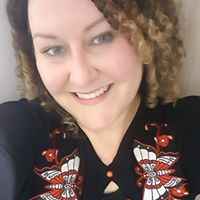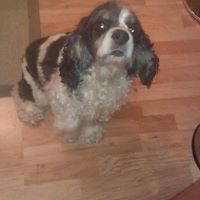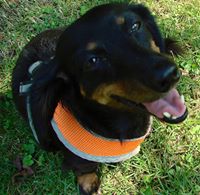What is a hectograph?
The hectograph, gelatin duplicator or jellygraph is a printing process that involves transfer of an original, prepared with special inks, to a pan of gelatin or a gelatin pad pulled tight on a metal frame.
While the original use of the technology has diminished, it has recently been revived for use in the art world. The hectograph has been modernized and made practical for anyone to use.
The special aniline dyes for making the master image came in the form of ink or in pens, pencils, carbon paper and even typewriter ribbon. Hectograph pencils and pens are sometimes still available. Various other inks have been found usable to varying degrees in the process; master sheets for spirit duplicators have also been pressed into service. Unlike a spirit duplicator master, a hectograph master is not a mirror image.
Thus, when using a spirit duplicator master with a hectograph, one writes on the back of the purple sheet, using it like carbon paper to produce an image on the white sheet, rather than writing on the front of the white sheet to produce a mirror image on its back.
The master is placed on the gelatin and spirits applied to transfer the ink from the master to the gelatin. After transfer of the image to the inked gelatin surface, copies are made by pressing paper against it.
When a pad ceased to be useful, the gelatin could be soaked with spirits, the ink sponged away, and the pad left clean for the next master.
More Info:
en.wikipedia.org











